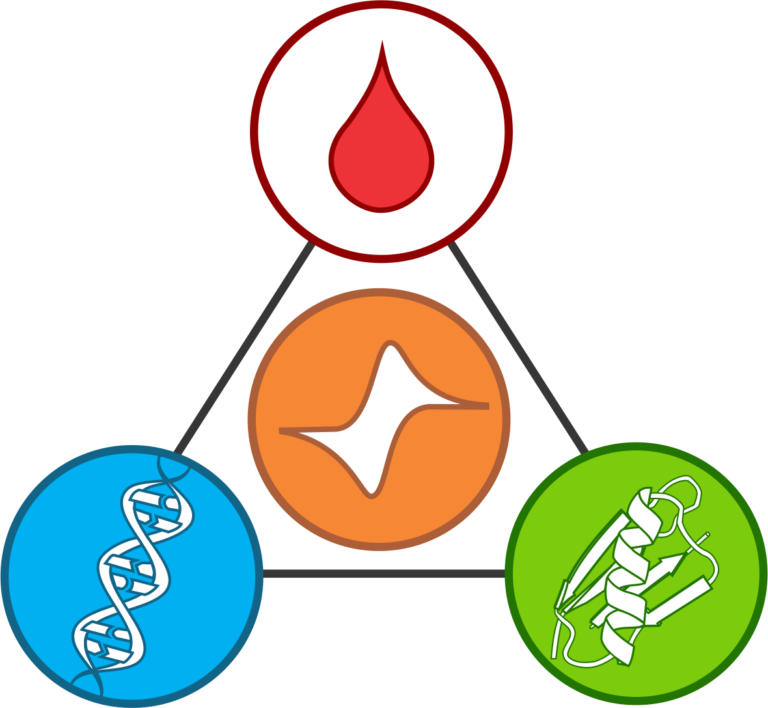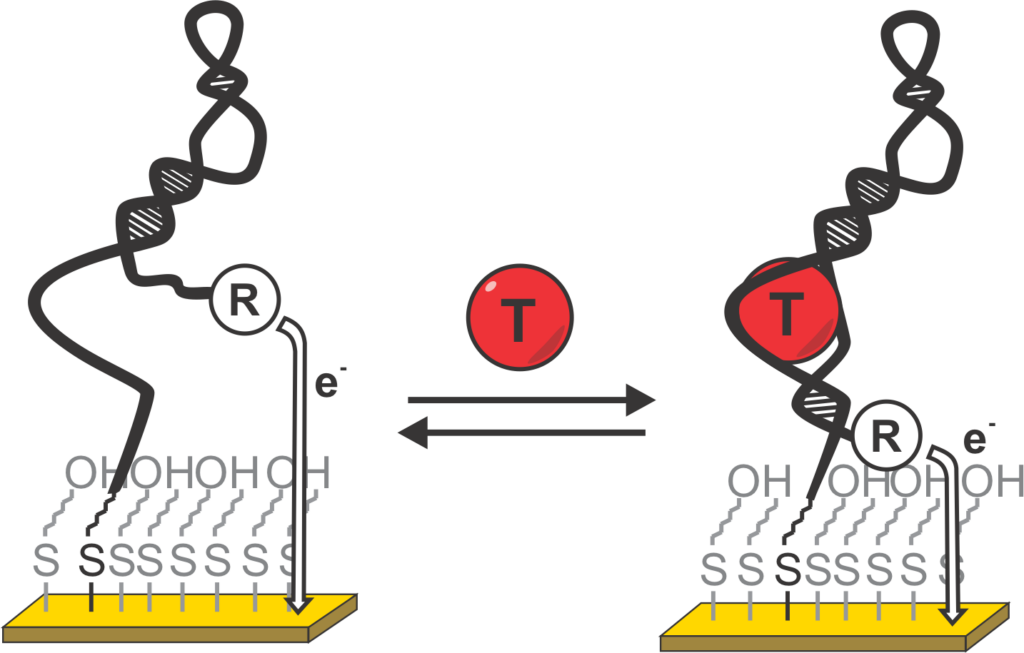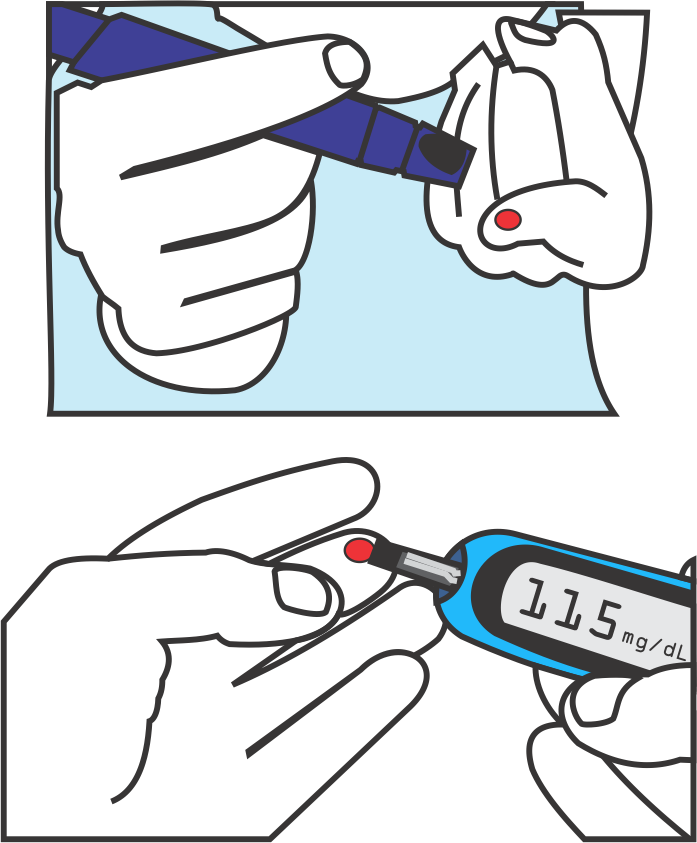Oligonucleotide-based sensors have notable attributes for the detection of clinically relevant molecules including:
1) Rapid, quantitative, precise and single-step measurements of molecular targets directly in small undiluted whole blood volumes (i.e. finger-prick), as opposed to detection in hours in larger volumes of blood (i.e. venous draws)
2) Minimal resources and user input as opposed to laboratory-bound processes requiring trained personnel.



